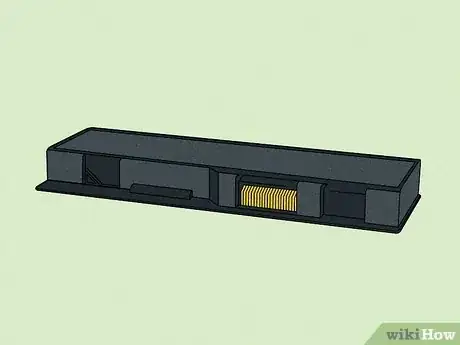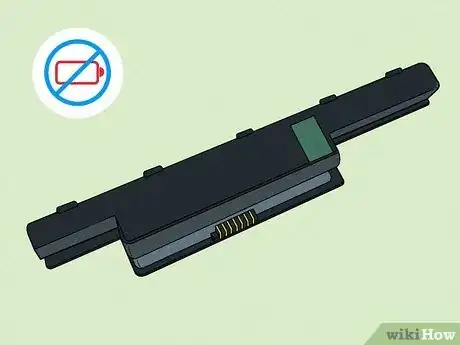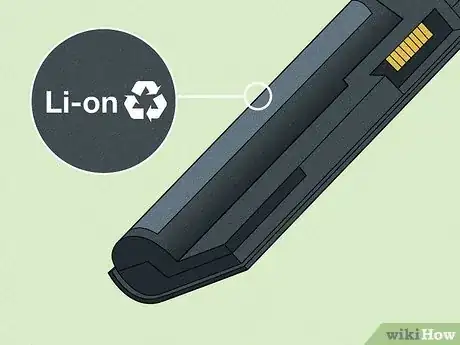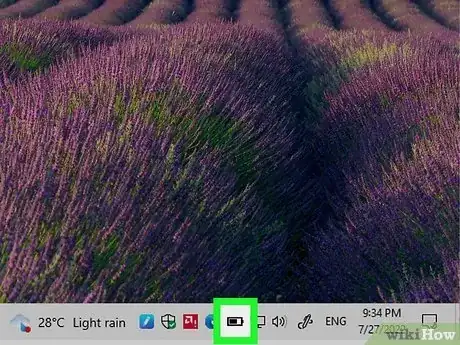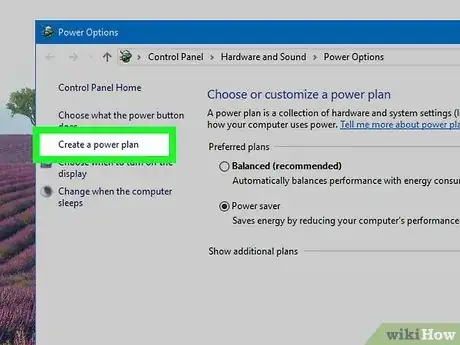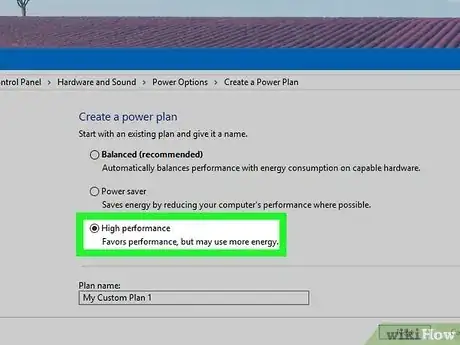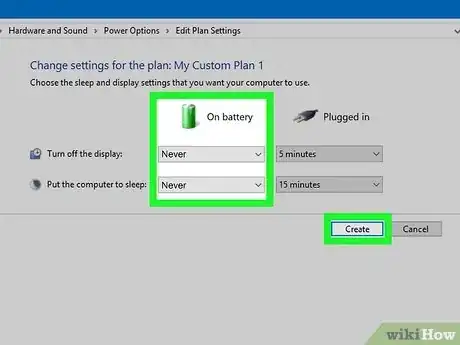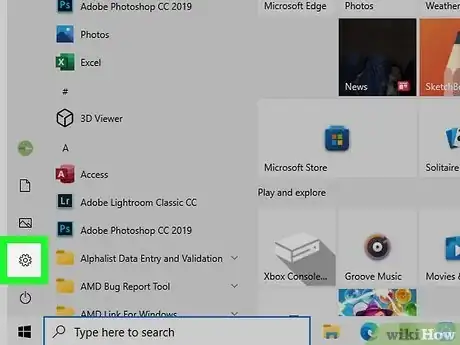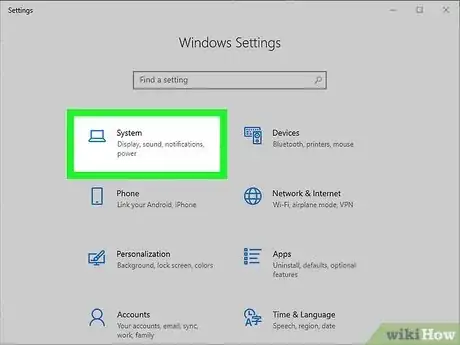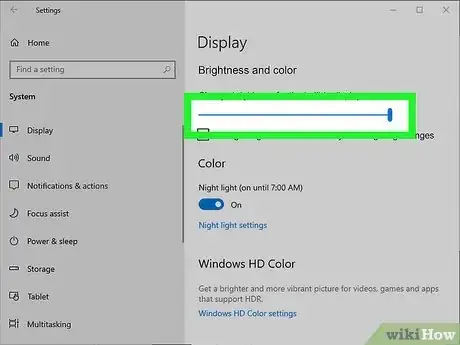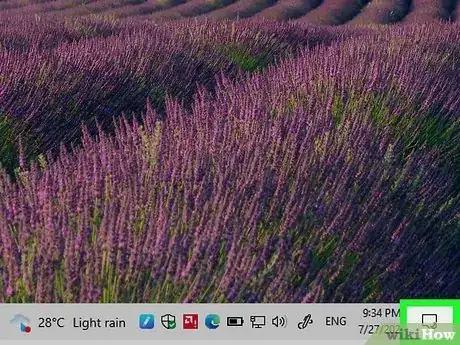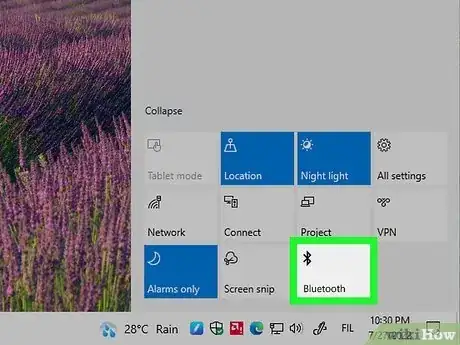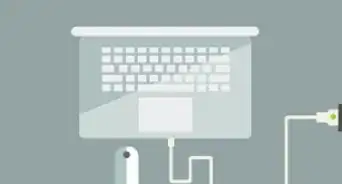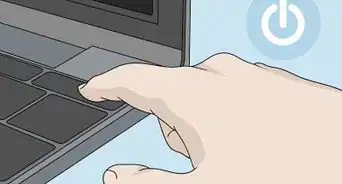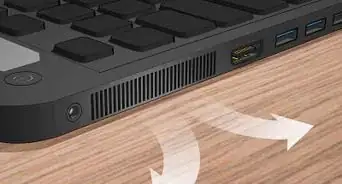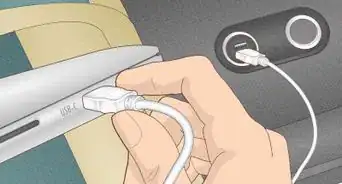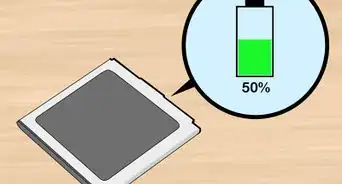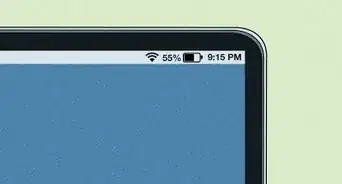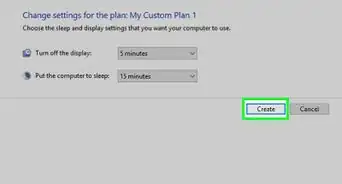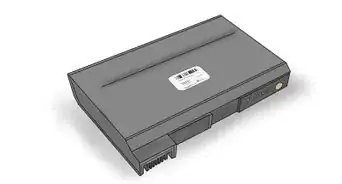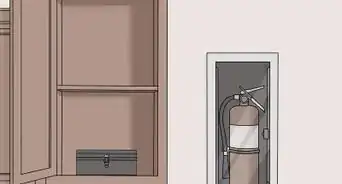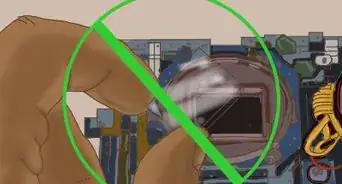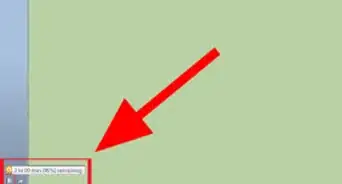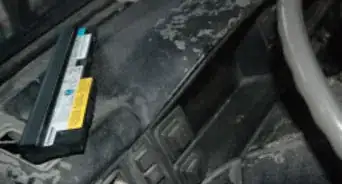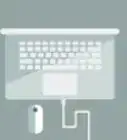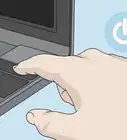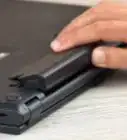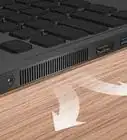This article was written by Garnik Ovsepyan and by wikiHow staff writer, Darlene Antonelli, MA. Garnik Ovsepyan is a Computer Specialist and the Owner of HeliX PC based in Burbank, California. With over 25 years of experience, Garnik specializes in custom computer builds, computer repairs, virus removal, computer tune-ups, hardware and software troubleshooting and installations, diagnostics, and data backup and recovery.
This article has been viewed 225,628 times.
Did you buy a new laptop and are now wondering if you should discharge the battery before you charge it? While fully draining and recharging a nickel (NiCD or NiMH) laptop battery can result in better battery performance and longer battery life, doing the same on many modern laptops (like Chromebooks, Windows, and MacBooks) with lithium-ion batteries will actually damage the battery. This wikiHow article shows you two ways to discharge your nickel-based battery on a laptop.
Steps
Using a High-Power Plan (Windows Only)
-
1Right-click the power icon in your taskbar and select Power Options. You'll find the battery icon in your taskbar on the right side of your screen and clicking Power Options will prompt a new window to open.
-
2Click Create a power plan. It's in the panel on the left side of the window. Since you're creating a new power plan, you can just pick the original from the list whenever you want to turn off this power plan.
-
3Select the circle next to "High Performance" and give your power plan a name. Name it something you'll easily recognize so you'll be able to disable and enable it whenever you want.
- Click Next to continue.
-
4Click the drop-down menus in the "On battery" column and select Never. Since you want to drain your battery, this option will never allow your laptop to go sleep or turn off the display to conserve power.
- Click Create to continue.
Turning Your Screen Brightness Up
-
1Open Settings. You can click the Start menu logo or press the Win + I keys to open Settings. If you're using a MacBook, open System Preferences.
- A bright screen will drain your battery.
-
2Click System. It's usually the first item in the menu next to an icon of a laptop.
- For a Mac, click Displays instead.[2]
-
3Drag the slider under "Brightness and color" to the right. If you drag the slider all the way to the right, you should also see it display "100" on the dial, indicating that your brightness is all the way up.
- There are also keyboard shortcuts you can use, which vary between manufacturers. Some laptops have the brightness up and down shortcuts on the row of F keys while others require you to press Fn and the Up arrow.
Turning On Bluetooth and Wireless Settings
-
1Go to the Notification Center in Windows. To do this, click the speech bubble in the far right corner of your taskbar.
-
2Click to enable Bluetooth and other wireless settings. On Windows 10, enable Nearby Sharing.
- These settings will require your laptop to continuously search for connections available and will drain your battery.
- If you're using an older Mac, go to System Preferences > Bluetooth.[3]
Community Q&A
-
QuestionWhy won't my laptop charge?
 Community AnswerThe battery is probably dead or damaged. You will need to replace it. Find your model's serial number and search for a new battery online, or contact the computer's manufacturer.
Community AnswerThe battery is probably dead or damaged. You will need to replace it. Find your model's serial number and search for a new battery online, or contact the computer's manufacturer.
References
- ↑ Discharging a lithium battery will decrease its lifetime and most prevent the battery from discharging to 0% (some laptops have a failsafe measure that will turn off the laptop if the battery dips below 20% or 10%).
- ↑ https://support.apple.com/guide/mac-help/change-your-displays-brightness-mchlp2704/mac
- ↑ https://support.apple.com/guide/mac-help/connect-a-bluetooth-device-blth1004/mac
